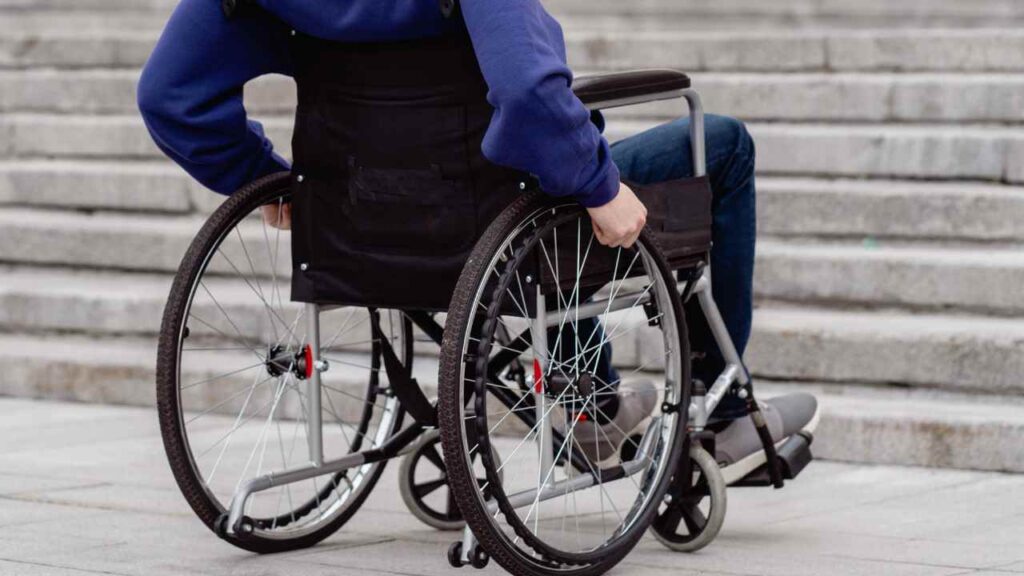The U.S. Social Security Administration (SSA) has announced a 2.8% cost-of-living adjustment (COLA) for 2026, a modest relief for millions of beneficiaries of programs like Social Security Disability Insurance (SSDI). This measure, revealed on October 24, 2025, will affect nearly 71 million people, including those with disabilities who rely on SSDI to survive.
However, while payments increase, eligibility, and income thresholds also tighten, potentially complicating access for new applicants. In this report, we explore the key requirements for qualifying for SSDI in 2026 and the maximum benefit amounts that will take effect, against a backdrop of accumulated inflation and regulatory proposals that threaten to alter the structure.
First of all: What’s the SSDI program?
The SSDI, designed for workers who have contributed to the system through payroll taxes, represents a vital safety net for those facing severe disabilities. According to SSA data, in 2025, more than 8.9 million adults received these benefits, with a monthly average of $1,586.
By 2026, that average will rise to $1,630, an increase of $44 that includes the 2.8% COLA, lower than this year’s 2.5% but higher than the historical average of 2.6% since 1975.
This adjustment is calculated based on the Consumer Price Index for Urban Wage Earners (CPI-W), which measures the erosion of purchasing power. “It’s a necessary increase, but insufficient to keep up with real inflation in housing and health care,” warns Mary Johnson, senior analyst at the League of Older Citizens, who estimates that the average pension check will reach $2,071 per month, a jump of $63.
Requirements to be eligible for disability benefits
The core requirements for qualifying for SSDI won’t change drastically in 2026, but inflation-adjusted thresholds could raise the bar for some. To be eligible, an applicant must have worked in jobs covered by Social Security and accumulated enough “work credits.”
Generally, 40 credits—equivalent to 10 years of employment—are needed, with at least 20 of those credits accrued within the 10 years immediately preceding the disability. For people under 24, the threshold is lower: just 6 credits in the last three years.
In addition, the SSA requires a “disability,” defined as a medical or mental condition that prevents substantial work for at least 12 months or is terminal. This is assessed through medical exams and work history reviews, a process that can take up to six months and rejects about 65% of initial applications.
There are changes to the SSDI program you must know
However, 2026 brings adjustments that could make eligibility more challenging. The Substantial Earned Activity (SGA) threshold, which determines whether a beneficiary can work without losing benefits, will increase to $1,690 per month for non-blind individuals, up from $1,620 in 2025.
For blind individuals, the threshold will rise to $2,830, an increase of $130. This change, tied to the national average wage index, means that those earning above these amounts will be considered “not disabled” for SSDI purposes.
“For many with partial disabilities, this closes the door to flexible employment,” explains disability attorney Michael Armstrong, who predicts a rise in appeals. Additionally, the Trial Work Period (TWP), which allows individuals to try employment without losing benefits, will raise its threshold to $1,210 per month, facilitating transitions but requiring careful planning.
Maximum amounts updated to the fiscal year 2025-2026
Regarding maximum amounts, the COLA will raise the SSDI benefit cap to $4,152 per month for an individual beneficiary, an increase of $134 from the $4,018 cap in 2025. This maximum is calculated based on the Individual Primary Insurance Amount (PIA), which considers the worker’s past contributions. For families, the maximum benefit could reach $6,228 if dependents are included, although the SSA imposes a family limit of 150-180% of the individual PIA.
In contrast, the Supplemental Security Income (SSI) program, often confused with SSDI, will see its maximum federal payment rise to $994 for single individuals and $1,491 for couples, with a $498 supplement for an essential person.
These adjustments aim to offset the rising cost of living, but critics like AARP warn that regulatory proposals from the Trump administration could further tighten medical evaluations, potentially denying benefits to thousands. A recent study estimates that changes to “enhanced medical effort” rules could affect 100,000 beneficiaries annually.
